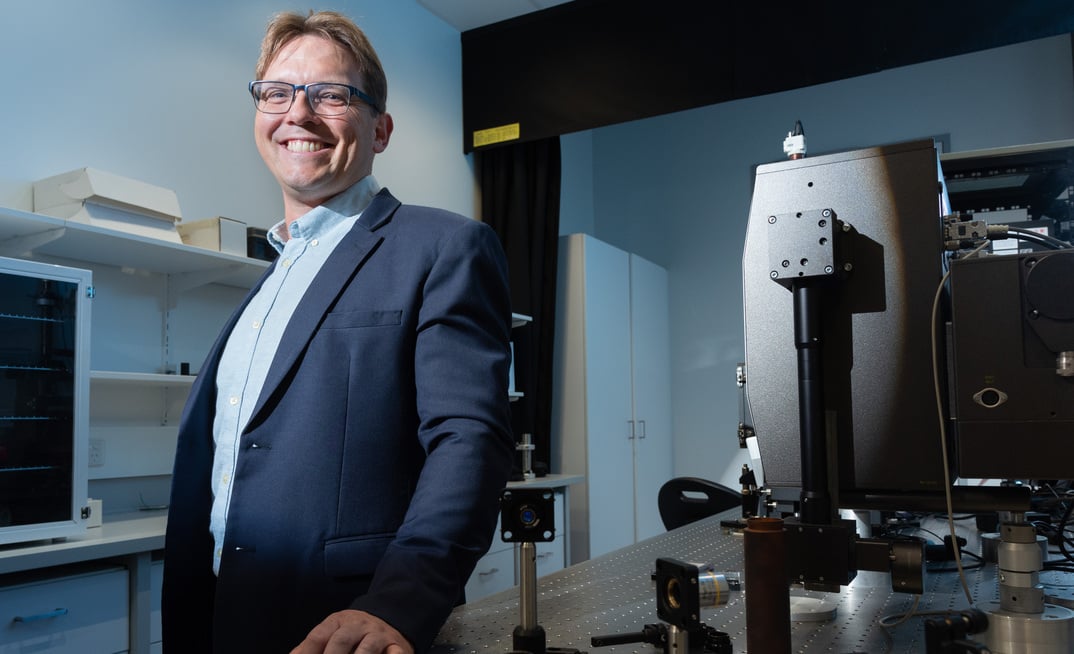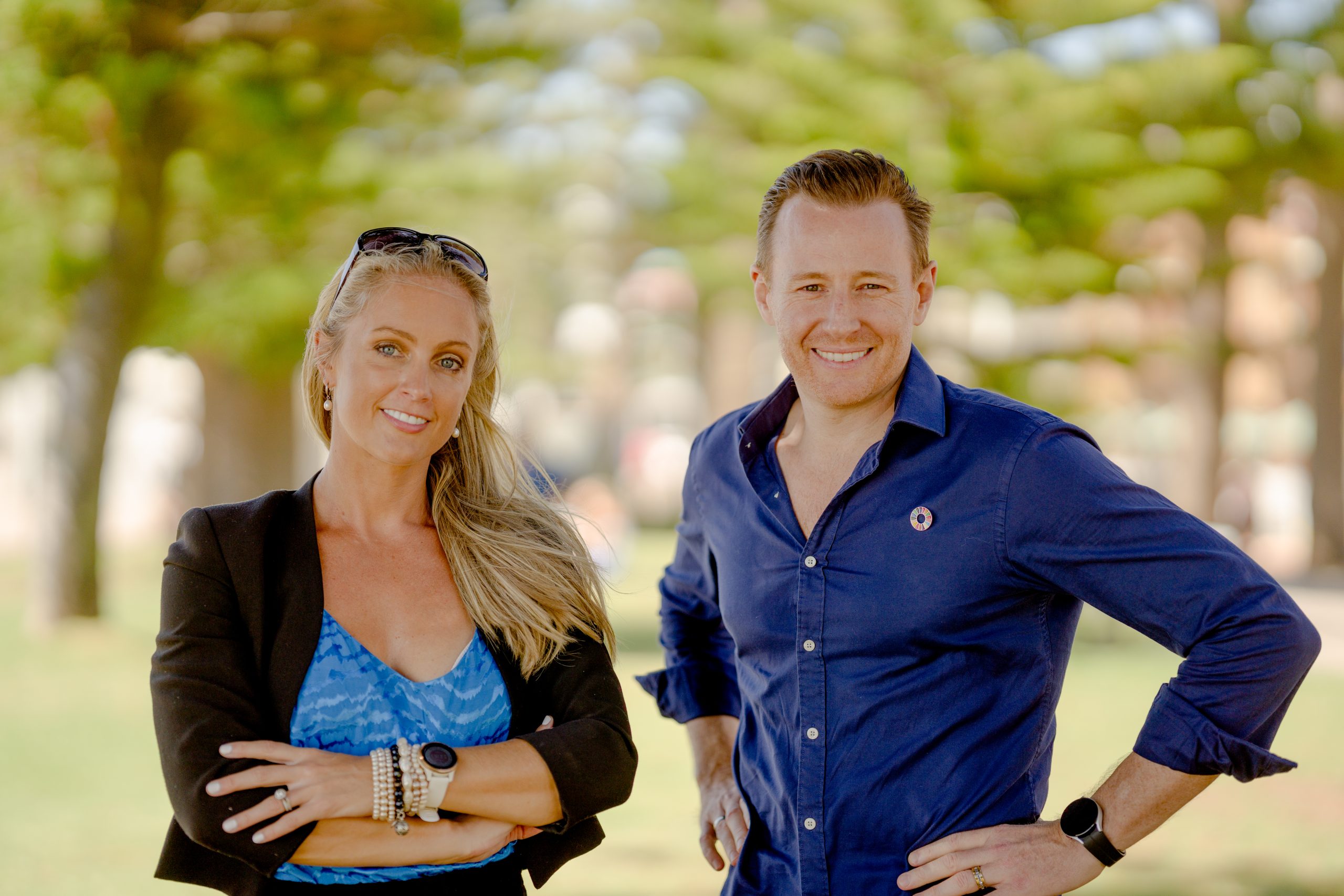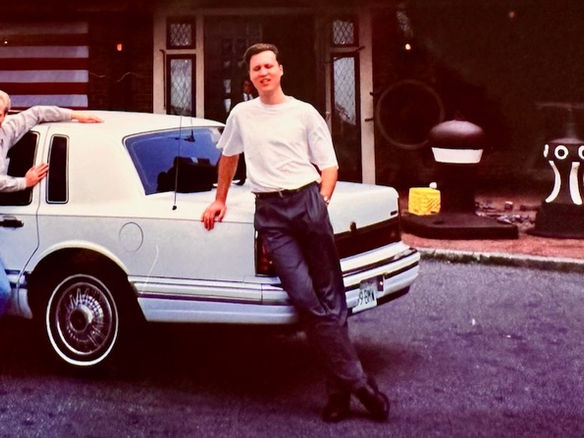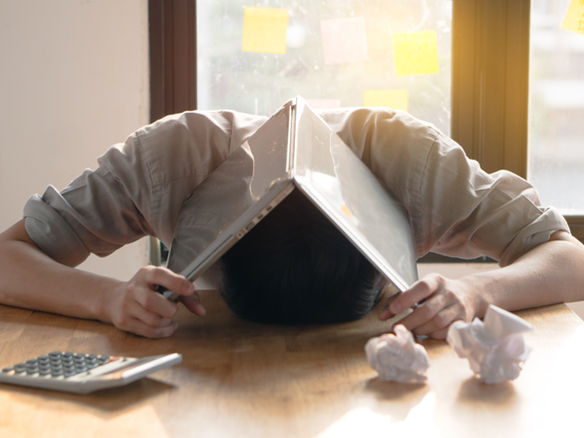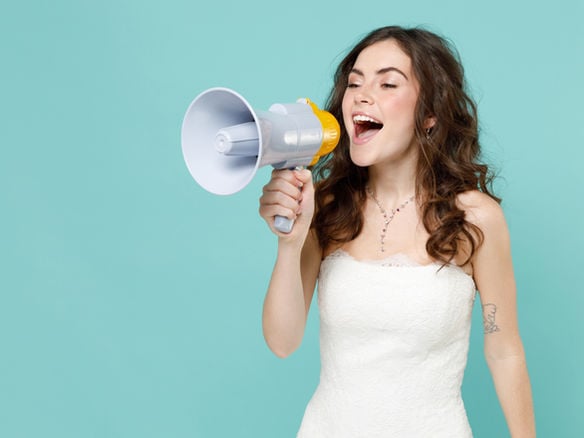By Dr Anna Wright, Fellow at University of Technology Sydney, CEO & co-founder of accessible digital wayfinding startup BindiMaps, and 2019 Australian of the Year nominee
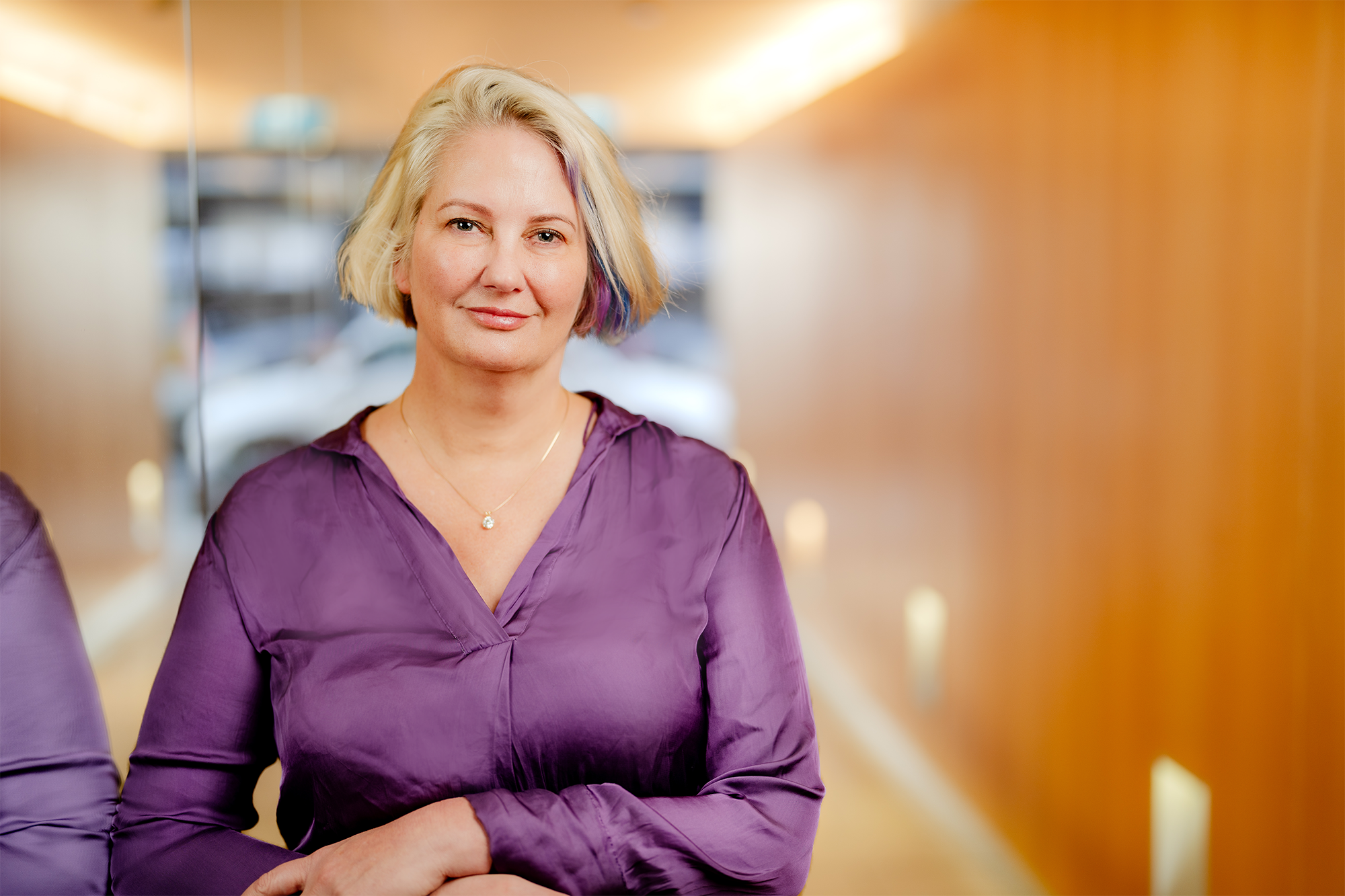
I am old enough to have a friend who went through conversion therapy to “cure” him from being gay.
Why did he agree to such a procedure? As he tells it, he belonged to a religious organisation that told him that being homosexual was “wrong” and he needed to be “cured”.
It didn’t work, in case you were wondering.
Unfortunately, a quick Google search reveals that some still hold this unthinkable belief. But if you ask my kids, they are positively flummoxed by the idea that “once upon a time”, homosexuality was considered “wrong”.
We know these moral concepts of “right and wrong” are simply cultural beliefs that evolve with time. It is largely only amid that belief that notions of “wrong” are held so blatantly and tightly by those who fear progress.
Unfortunately, however, history reveals a nasty predilection to “other” our fellow humans by consigning some aspects or traits as more desirable than others, or deeming some aspects or traits as “right” or “good” while others are not.
This has occurred along racial and ethnic lines, where certain races were viewed as lesser or even subhuman.
It has seen women limited to specific roles (that just happened to deeply disadvantage them compared to men in multiple ways) and ostracised those outside the gender binary or with non-heternormative sexual orientations.
And even those born left-handed were at one time considered to “belong to the devil”!
We can laugh now, but the implications of this outlandish belief still proliferate in the form of right-handed bias in the design of school desks, kitchen implements, and tools.
More broadly, these divisions created deep societal rifts that profoundly affected the generations following. And, admittedly, the fight for equality along these lines is also ongoing.
But thankfully the more blatant assignment of “wrongness” to people in any of these categories is now the exception rather than the rule, and widely criticised.
Except, I believe, in one critical area of society: disability.
A medically-sanctioned “othering”
Historically, people with disabilities were routinely ostracised or marginalised. Relegated to the fringes of society, they were institutionalised or hidden away from public life.
This “othering” often served to maintain the power dynamics of those in dominant social positions. It drew upon the public’s fears, including notions deriving from religious texts of disability as punishment from a higher power.
These outdated theories are now thankfully (largely) defunct, with the evolution and increased social acceptance of medicine and psychology.
In place of the disability-as-a-moral-failure belief, disability is now widely understood as a medical condition.
Yet ostensibly a more evolved “othering”, this remains an othering nonetheless, and one that comes with the powerful backing of being medically sanctioned too.
This othering occurs because the medical model still views disability as a “problem” that needs to be fixed. It is still “wrong”. It still requires intervention.
It would be highly understandable if people with a disability experienced similar feelings to my friend about his homosexuality when he was younger and we didn’t know better.
So how can we move forward from yet another outdated notion of “wrongness”?
An emerging theory, and what we stand to gain
Our current society is so much richer for the diversity that we now embrace around race, gender, sexuality, age, and more.
But a culture where individuals with disabilities are also fully recognised for their capabilities, rights, and unique experiences, would create a richness so far unseen.
Harnessing this richness would require taking a similar approach to ending discrimination against lefthanders. We don’t need to exclude them or force them to become righthanders. We need to stop creating an environment that makes their lives difficult.
In this way, the emergence of the “social model of disability” is driving a similar shift towards understanding disability as a societal issue.
Under this model, it is understood that it is the environment and society that are disabling, not the condition itself, leading to many efforts to promote understanding, acceptance, and inclusion of people with a disability.
One small step we can all take in this pursuit is to check our own unconscious biases.
For instance, the next time a thought emerges about someone with a disability and their experience, substitute the disability with your choice of gender, sexual preference, or race.
Are you still comfortable uttering that thought out loud?
Under the Australian Migration Act 1958, migrants and refugees with a disability will be denied a visa because of their disability.
Could you fathom the word “disability” being replaced with “homosexuality” in this Act?
Consider also the prevailing advice given to parents pregnant with a child with chromosomal differences.
Would abortion be appropriate medical advice if the screening was for homosexuality?
My friend likes to imagine us all as pieces of glitter in a beautiful snow dome. We are all in different places in that globe showing different aspects of ourselves, with no one place more right or wrong than the other.
I look forward to a culture where individuals with disabilities are fully recognised for their capabilities, rights, and unique experiences, and are fully embraced in our snow globe.
We live in a county and period in time where there is a prevailing cultural norm that disability is “wrong”. Together, let’s change that.
# # #



